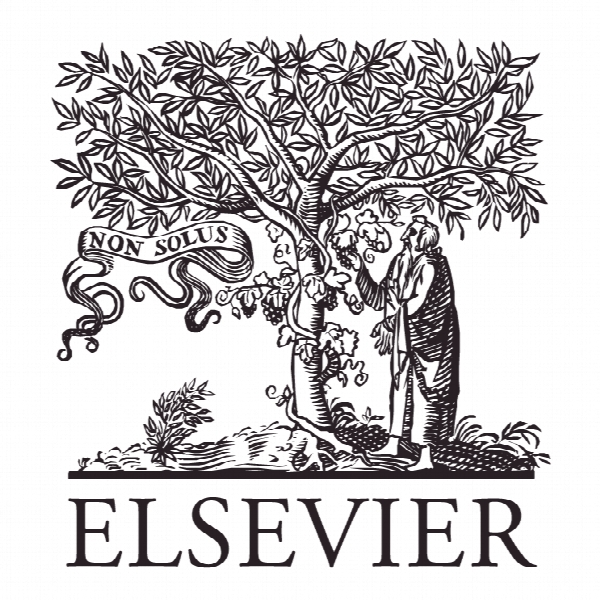ساختار فیزیکی اقتصاد شهری – ارزیابی مقایسه ای The physical structure of urban economies — Comparative assessment
- نوع فایل : کتاب
- زبان : انگلیسی
- ناشر : Elsevier
- چاپ و سال / کشور: 2017
توضیحات
رشته های مرتبط اقتصاد و معماری
گرایش های مرتبط توسعه اقتصادی و برنامه ریزی
مجله پیش بینی فنی و تغییر اجتماعی – Technological Forecasting & Social Change
دانشگاه مرکز تحقیقات نوآوری، فناوری و سیاست، پرتغال
نشریه نشریه الزویر
گرایش های مرتبط توسعه اقتصادی و برنامه ریزی
مجله پیش بینی فنی و تغییر اجتماعی – Technological Forecasting & Social Change
دانشگاه مرکز تحقیقات نوآوری، فناوری و سیاست، پرتغال
نشریه نشریه الزویر
Description
1. Introduction As urban expansion and new patterns of economic activity have fed on each other, novel configurations for urban areas have emerged, such as mega urban regions, urban corridors and city-regions. Currently, urban areas account for over 48% of the global GDP (Metro Monitor, 2011), with many of these cities having become centers of international trade and commerce and hubs for regional and international connectivity. While the complexity of national economies and their resource use has been assessed in terms of how they relate with future growth prospects (Hausmann and Hidalgo, 2014; Bringezu et al., 2004), this is not the case for urban areas, mainly due to data constraints concerning resource use in cities. Though cities are recognized as engines of growth, they are also the key drivers for stronger and more relevant global environment–economy interactions (Seto and Satterthwaite, 2010). For instance, urban sustainability concerns have been focusing on water, energy and mobility systems (Bos and Brown, 2012; Graaf and Brugge, 2010; Spickermann et al., 2014; Karaca et al., 2015; Dixon et al., 2014; Marteleira et al., 2014), in terms of quality, security of supply and impacts. However, it is also critical to address the material use. During their development stages, cities encourage or discourage the development of particular economic activities within their boundaries, and at each stage this defines their signature (typology), including jobs, economic output (Spence et al., 2009), their dependence on material resources from elsewhere and, depending on how they process them, their impact on the environment (Kennedy et al., 2007). The quantification of the requirements of materials to support human activities in cities, and assessing the implications of their transformation, including the removal and disposal of waste, is known as the urban metabolism (Wolman, 1965), as a parallel to the metabolisms of ecological systems. To fully describe the metabolism of a city, several factors need to be considered: anthropogenic and natural physical inputs of materials, the transformation of those inputs through urban activities, additions to the stocks and dispersion of wastes beyond the spatial boundaries of the urban systems (Niza et al., 2009).


